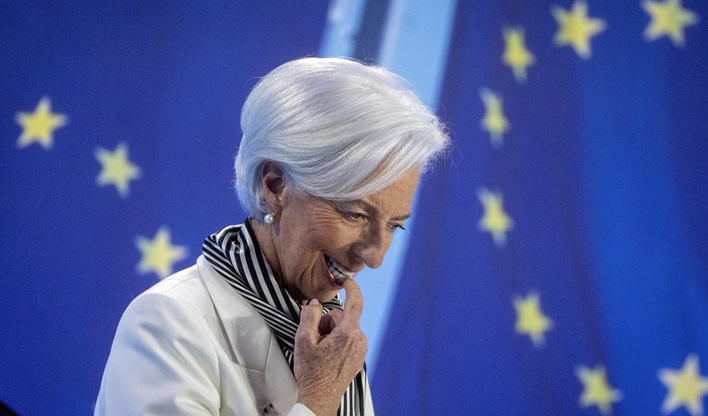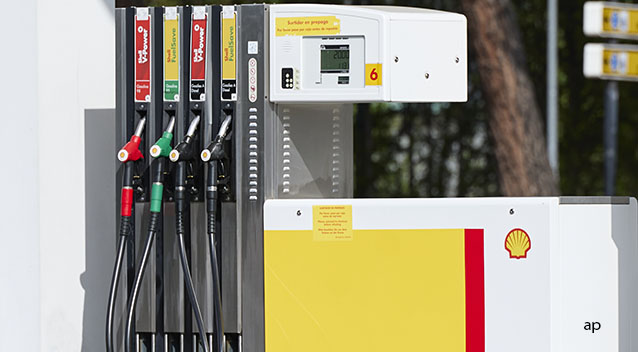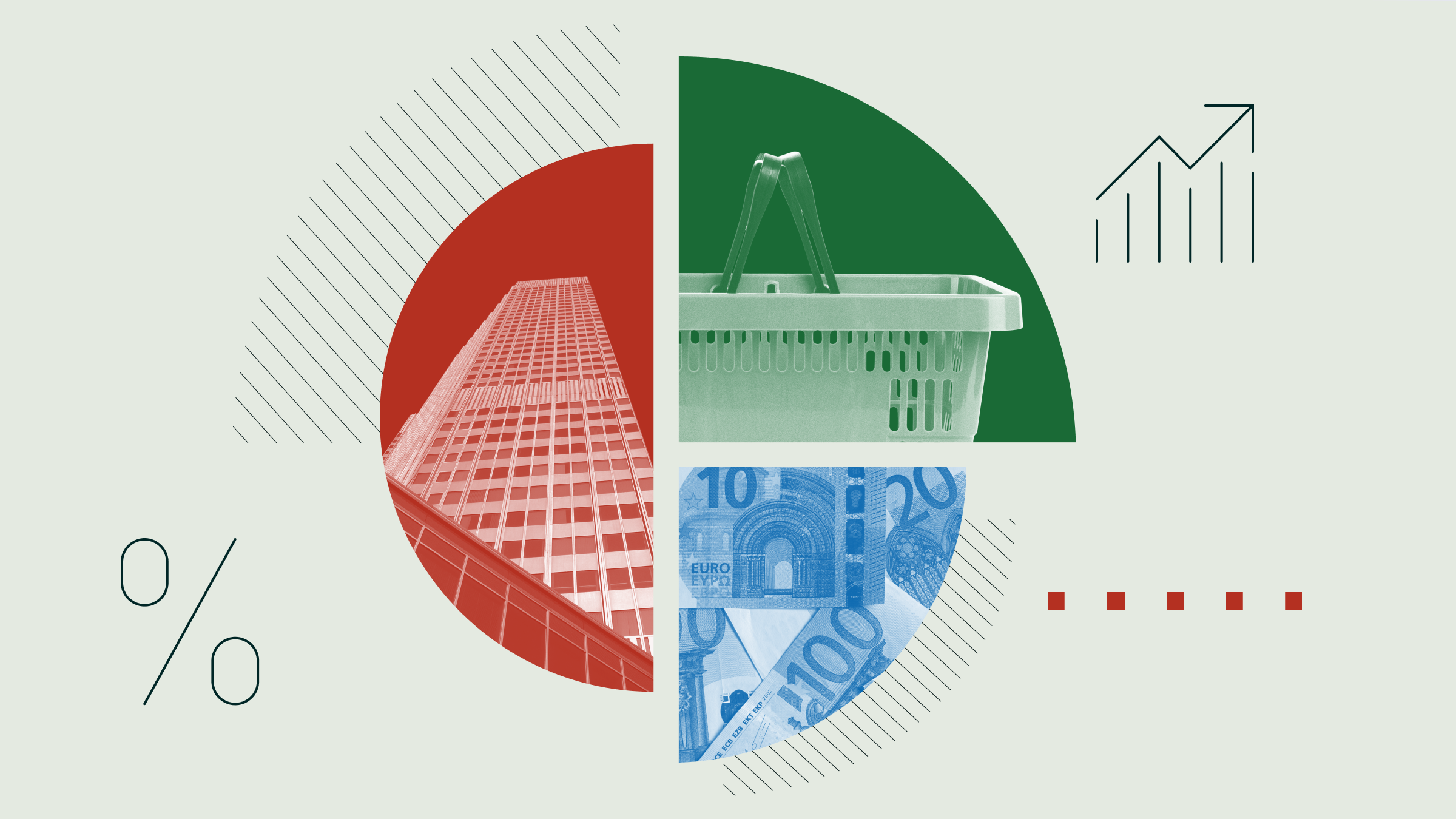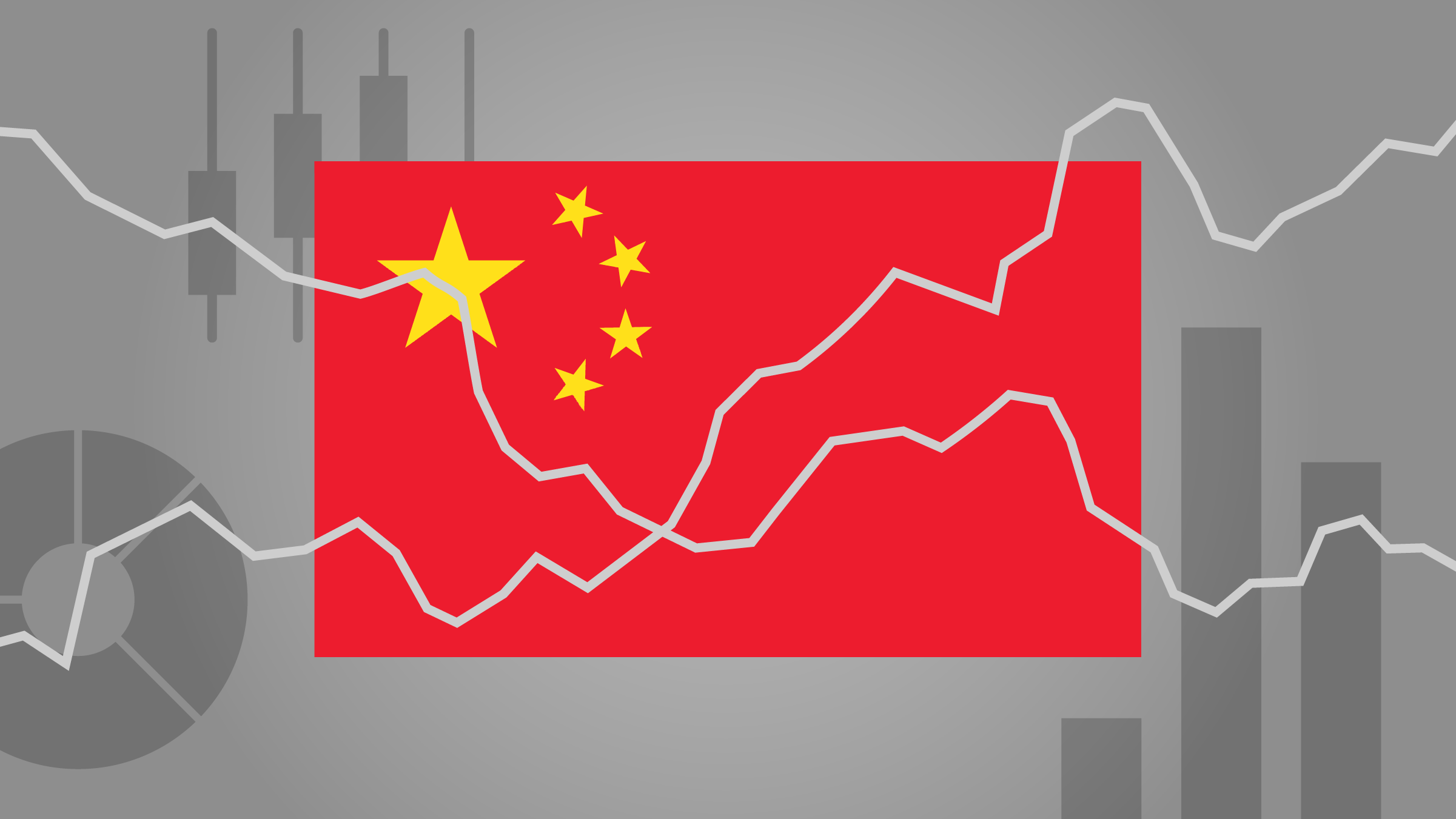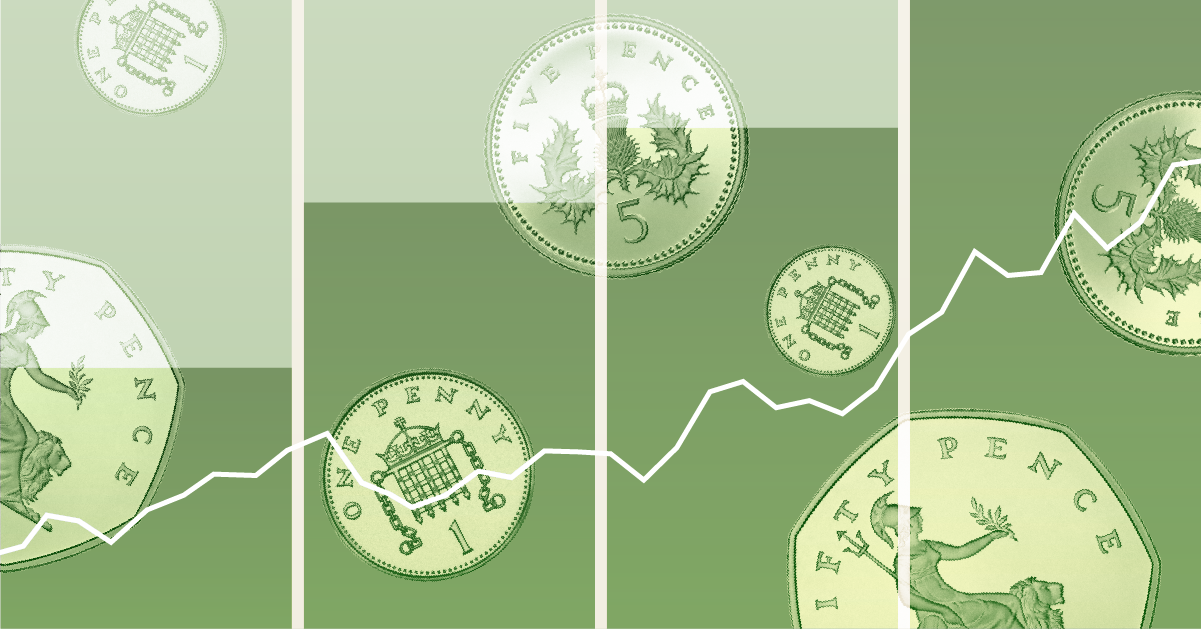
Eurozone bond yields rose modestly after the European Central Bank (ECB) cut interest rates by 0.25 percentage points at its June 6 meeting, as markets adjusted to the uncertain future path of monetary policy. Fixed-income managers explain where investors should be focusing their portfolios now after the first interest rate cut in five years.
“After the ECB announcement, we observed a slight rise in bond yields across the maturity curve,” says Giacomo Calef, country head for Italy at NS Partners.
“This indicates that, despite Christine Lagarde's confidence that inflation will come down, the process of normalising monetary policy may be longer than expected.”
Immediately after the announcement of the rate cut, the yield on the benchmark 10-year Italian BTP rose to 3.87% from 3.83% and the German Bund with the same maturity rose to 2.56% from 2.53%.
Bonds: What to Look For Now
Generally, when interest rates fall, government bond yields tend to fall and the price of outstanding bonds rise. But the market reaction was relatively muted to the first cut since 2019. The focus was more on the upward revision of inflation estimates, which could make the central bank more cautious in cutting rates for the rest of 2024.
"The cut is balanced by hawkish components such as the upward revision of growth and inflation estimates (which will therefore take longer to come back towards target), as well as the absence of any reference to embarking on a more continuous path of reducing the cost of money," says Alberto Biscaro, portfolio manager at Quaestio SGR.
Staying Liquid Now Pays Less
Investors need to consider two factors, experts say. The first is liquidity, because income from deposit accounts and other money market instruments is set to fall as a result of falling interest rates.
Some experts suggest reducing liquidity in the portfolio as holding liquid assets has become less appealing:
“With the rate-cutting cycle in eurozone underway, a key priority for investors is to manage their liquidity needs. Current returns on cash, while attractive, will not be around for much longer," says Dean Turner, chief eurozone and UK economist at UBS Global Wealth Management, in a June 6 note.
“We favour reducing holdings of cash and cash-like investments in favour of those that can offer more durable returns, such as a portfolio of quality bonds,”
Yield Curve Inverted, But No Recession
The other factor to consider is the inverted yield curve¹ in the eurozone, with 10-year government bonds offering lower yields than two-year ones.
The inverted yield curve is often seen as an indicator of recession but is now sending different signals.
For Andrea Conti, head of macro research at Eurizon, the inverted curve "reflects the temporariness of the current level of short-term rates and discounts their future descent".
Eurizon's global view, published at the end of May, warned bond investors to expect volatility.
"Long-term rates are at levels consistent with the current phase of the economic cycle. However, if future inflation data confirm the rise seen in May, bond markets could experience volatility.”
Where Bond Managers Invest Now
Bond managers are already looking beyond the June 6 rate cut, and positions vary. Some comments after the ECB meeting showed a preference for medium and short maturities and peripheral debt, such as Italian government bonds, but there are also portfolio managers who take a more global view on fixed income.
Mauro Valle, head of fixed income at Generali AM has a preference for peripheral country debt:
“We continue to have a positive view for German rates over the 2.5% area and we are maintain our long duration exposure. We are positive on the short to medium maturities of the euro yield curve, as inversion of the yield curve is quite significant and we don’t see conditions for a further inversion in the next future.
“We continue to be positive on peripherals countries as carry trades² and search for yields will continue to be a driver for investors preferences, considering that in the future the euro rates could be lower,” Valle says.
Francesco Castelli, head of fixed income at Banor, says: "Lagarde today was not very helpful for investors in fixed income: however, she confirmed the direction of travel, which will see rates gradually fall.
"In this context, we see bond duration not as a risk but as an opportunity. For an investor with a medium-term horizon, maintaining a duration³ between three and five years makes it possible to set attractive yields today that are higher than the rate of inflation (indicatively 3% for government portfolios, 4% for corporate investment grade)."
Time to Look at Medium-Term Bonds? Or High Yield?
Patrick Barbe, head of European fixed income at Neuberger Berman, sees the potential effect of three rate cuts this year.
“This would be favourable to medium-term bonds and the debts of the lowest rated European states.”
In a post-meeting note from the ECB, Ann-Katrin Petersen, chief investment strategist for Germany, Austria, Switzerland and Eastern Europe at the BlackRock Investment Institute, urges investors to keep the big picture in mind.
"Rates will likely stay structurally higher than before the pandemic, supporting the appeal of income. We are tactically neutral euro area government bonds as the policy path remains uncertain. Relative to th³e US we see support for European bonds due to smaller fiscal deficits.”
Gabriele Foà, portfolio manager at Algebris Investments, in a note dated 6 June, sees more value in higher yield bonds:
“Rate cuts are not a fixed income investment thesis per se. We see more value in the high-yield component of global credit, which depends less on rates and more on growth. The level of credit spreads is tight compared to the historical average, but there is no shortage of opportunities in select areas.
“In Europe, we see value in financial subordinates [lower rated bonds] and in defensive sectors such as telecom and utilities, especially on the junior side.”
Definitions:
¹ A yield curve describes the relationship between a bond´s maturity and its yield. This curve is often sloping upwards i.e. higher yields for longer maturities
² Carry trades involve borrowing at a lower interest rate and investing in a higher-returning asset.
³ Duration reflects bonds’ sensitivity to interest rate changes; bonds with longer maturities have higher duration because they have higher interest rate risk.









